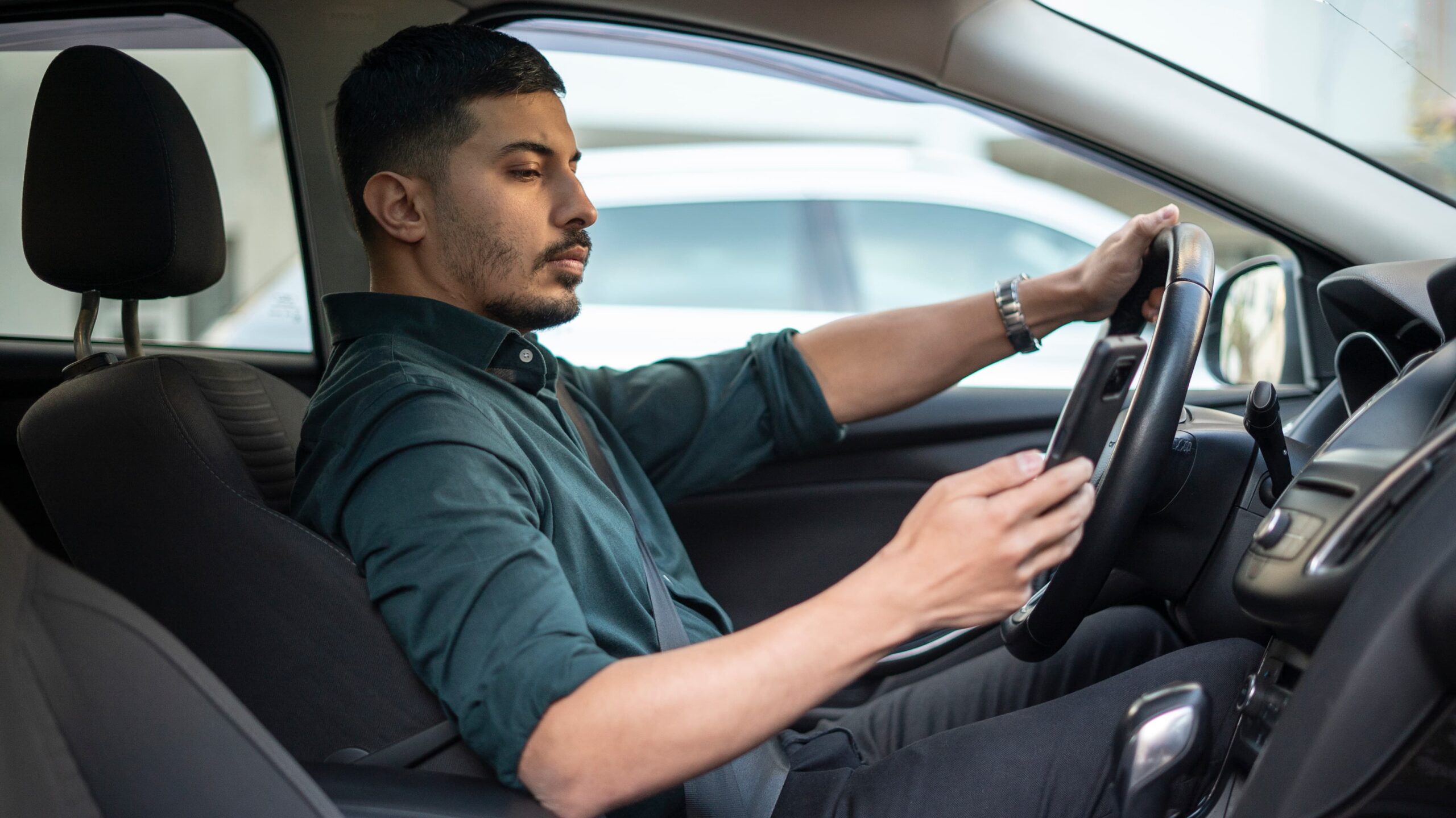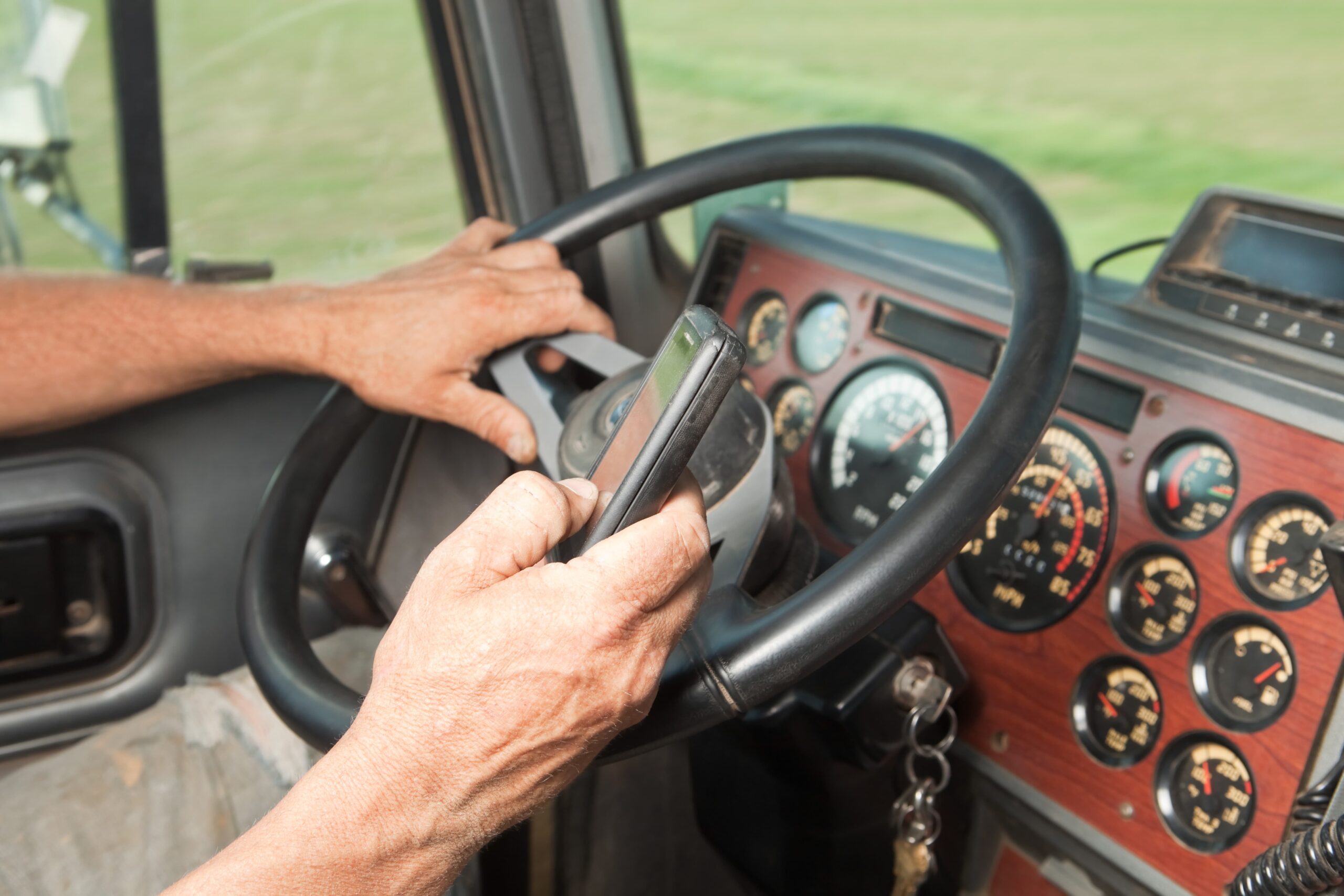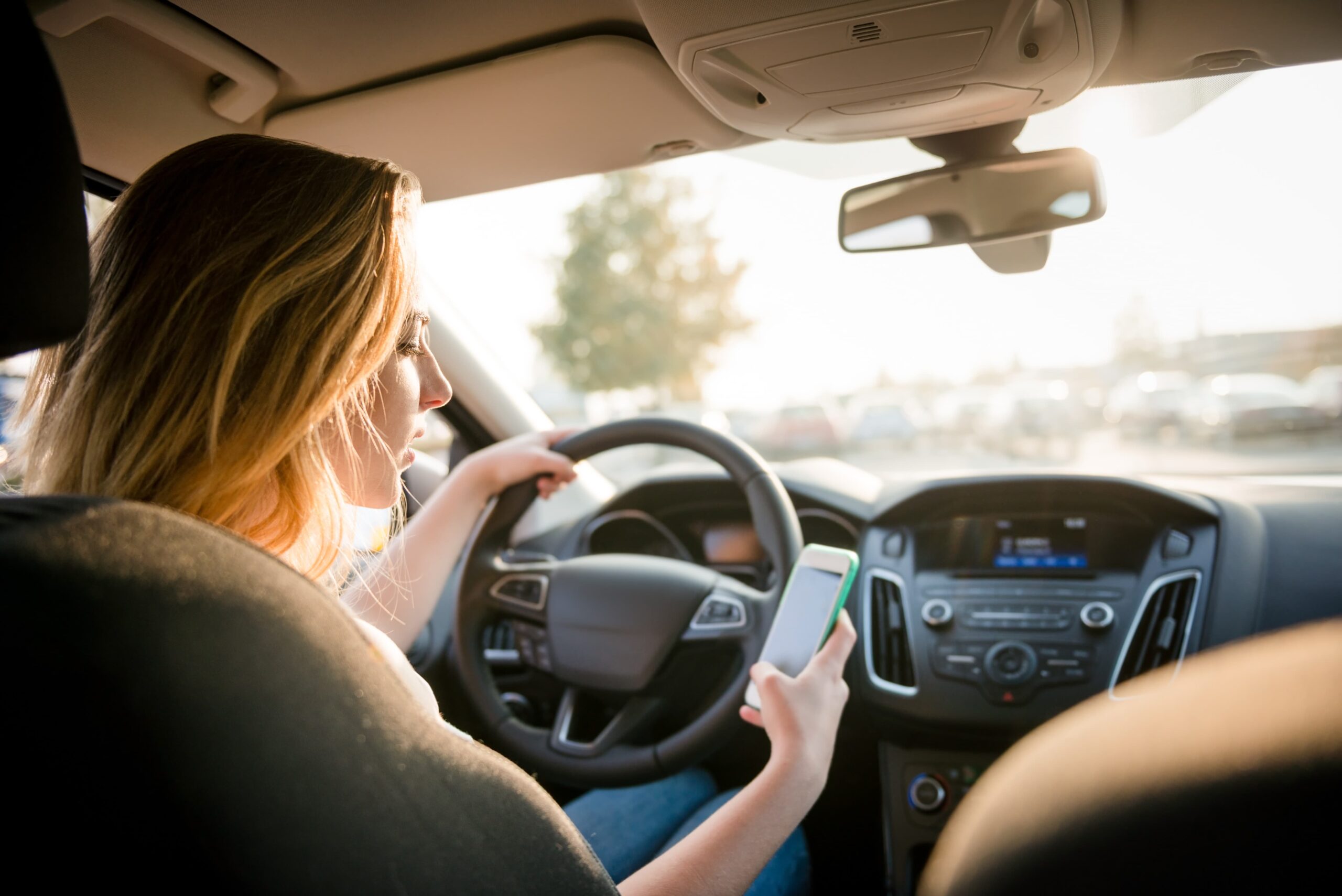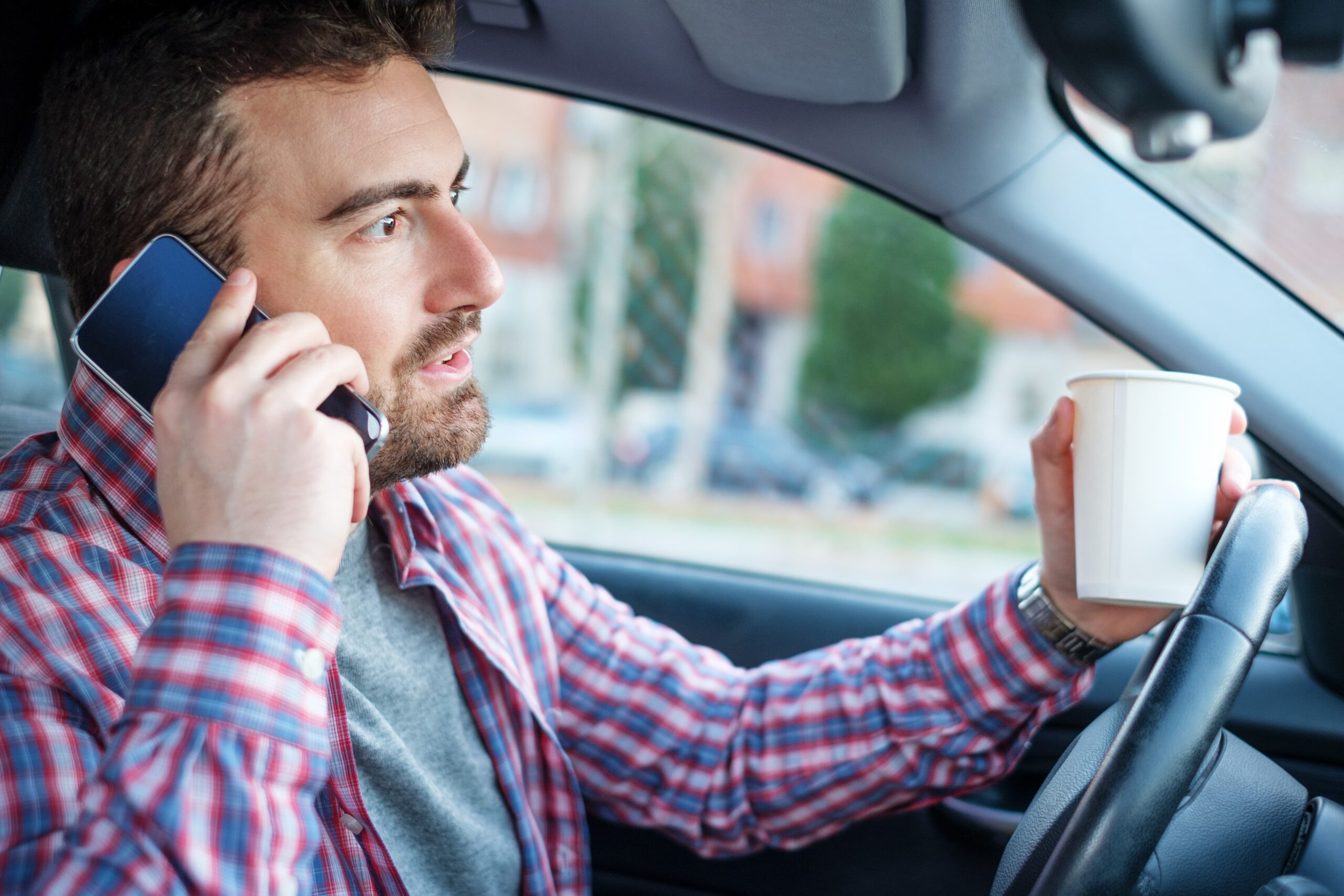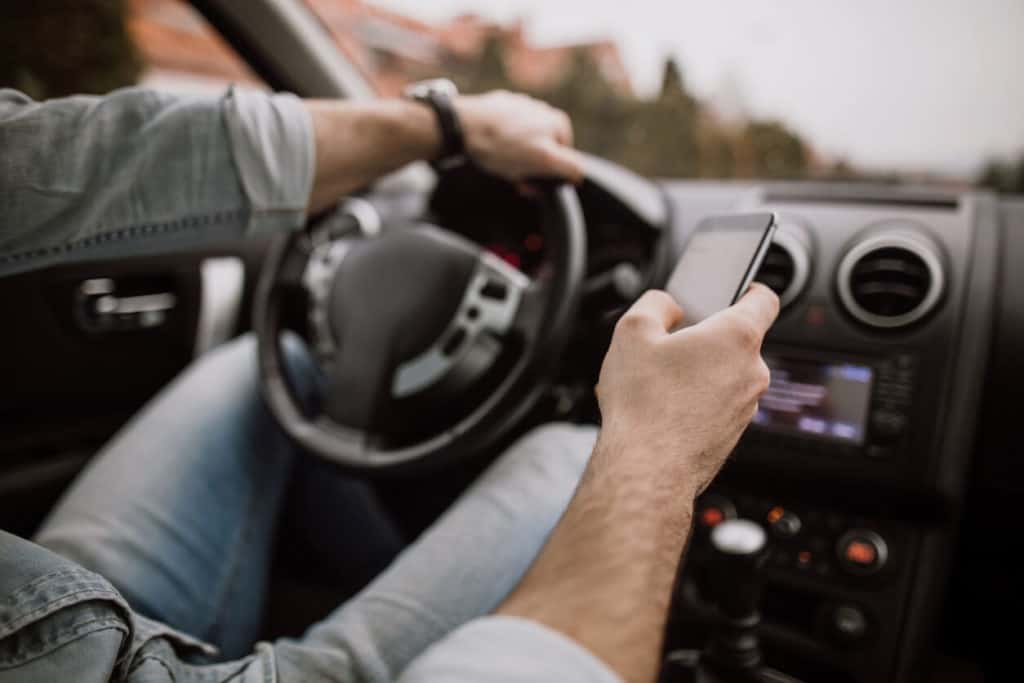100 Deadliest Days of Summer
Car crashes are the number one killer of teens. In 2015 there were 3,327 teen motor vehicle deaths—more than homicide and suicide combined. With the summer months fast approaching, school will be out and teenagers will be in their cars and on the road again. The days between Memorial Day and back to school are ominously known as the “100 Deadliest Days of Summer” due to the 16 percent spike in car accidents involving teens.
The increase in car accidents is due to a combination of factors, including the inexperience of young teenage drivers. Inexperience is the number one cause of teen crashes, and includes failing to scan the roadway and driving too fast in dangerous weather conditions.
In the last five years, 1,022 drivers ages 16 to 19 have died in car accidents during the first 100 days after Memorial Day. The number of crashes involving drivers in this same age range increases by 16% during these 100 days . Factors contributing to the causes of theseto these accidents are due in no small part to driver distractions: texting while driving, eating while driving, cars packed full of friendsdriving with friends, and so on. Distractions only exacerbate the inexperience—but it’s not always technology that distracts.
During the summer, teens drive around with more passengers—passengers who are also teenagers. A teenage driver plus teenage passengers equals a greater tendency for distraction. In fact, passengers increase the risk of a fatal car crash by 44 percent. A 2014 study found that loud conversations and horseplay between passengers were more likely than technology to result in a dangerous incident involving teen drivers. In addition to passengers, teenagers tend to be distracted by many other things:
- Multitasking
- Applying makeup
- Reading
- Looking for things in the glove box or reaching for a purse
- Eating and drinking
- Fumbling while changing radio stations, CDs, or music on their phones
The most important things parents and other drivers can do to improve the situation is to create a culture of safety. Parents can practice driving with their teens, set good driving habits such as buckling seat belts, driving the speed limit, obeying traffic laws, and limiting distractions. Parents can also set rules for their teens such as limiting the number of passengers in the car when the teen is driving and setting a curfew.
Teaching teens that driving is a privilege, not a right, and holding them accountable for things under their control can create a level of trust and responsibility. Provide opportunities for your teen to help change the oil, check the car fluids, change a tire, and contribute to the cost of fuel. Give them the knowledge and the tools that they need to be adequately prepared, allowing them to hone their skills over time. Teens need to understand that they are part of a larger community of drivers and that everyone needs to do their part to create safer driving conditions—and ultimately to save lives. Instead of creating an environment in which teens feel they cannot be trusted, instill within them a healthy sense of responsibility, intelligence, and judiciousness. Understand that all of us have been in their shoes and that we want them to succeed, be safe, and keep others safe.
Bachus & Schanker is committed to protecting the rights of its clients. If you or someone you know has been involved in a car accident involving teen drivers, please feel confident in contacting one of our auto accident attorneys. They will work to provide you with the legal representation and compensation you deserve.
Sources
https://www.usatoday.com/story/news/2016/06/01/summer-deadly-for-car-crashes/85237308/
http://www.cnn.com/2016/06/01/health/100-deadliest-days-teen-drivers/
http://driveithome.org/teen-driver-risks/distractions
https://www.aaafoundation.org/safety-culture

